Clubs for rhythmic gymnastics: choose correctly
Clubs for rhythmic gymnastics
How to choose the correct size?
When choosing clubs, special attention is paid to their size, due to the fact that an incorrectly selected object can cause discomfort to the gymnast, affect the effectiveness of training, and even cause injury.
Thus clubs come in three sizes:
- Small 36 cm
- Average 40-41 cm
- Standard 44-45 cm
There is a gradation by age, but it will be more strictly guided by the personal characteristics of the child, since often the child may not fall within the given gradation.
- 36 cm - for the little ones
- 40-41 - 8-11 years
- 44-45 – over 11 and for professional athletes
In order to choose the equipment as correctly as possible, the gymnast needs to:
- Grasp the clubs by the head/ball;
- Place it at arm's length;
- The club should reach the gymnast mid-shoulder;
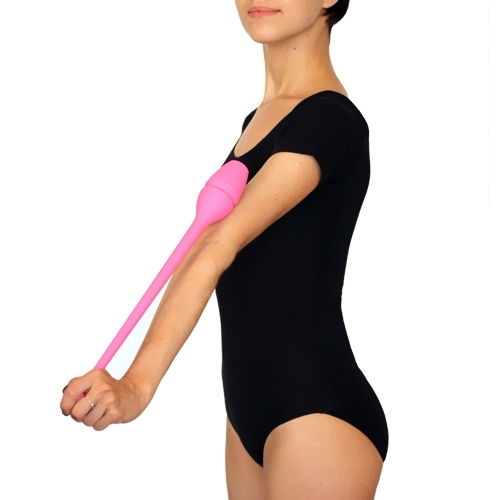
If the club reaches the gymnast’s middle shoulder, then the size is chosen correctly and the gymnast will be comfortable working with such an apparatus.
You should not buy clubs for growth (like any other item for rhythmic gymnastics). This may negatively affect the effectiveness of further training. In addition, incorrectly sized clubs can cause injury during training.
Material
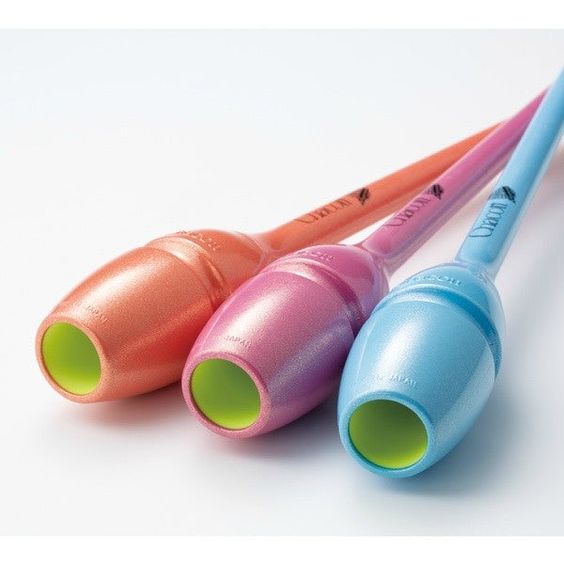
When choosing material, it is recommended to pay attention to the preferences of the trainer. He knows the athlete’s capabilities and will tell you which option will be optimal.
Clubs made of rubber are considered the least dangerous for beginner gymnasts. They are well balanced, bounce off the floor with ease and do not crack when dropped. In addition, rubber clubs have a non-slip surface, which means that they will not fly out of the gymnast’s hands at the most crucial moment.
Combined clubs are made from a combination of two materials: rubber and plastic, which provides the necessary bounce of the object during training and performances. The handles of such clubs are hollow. The heads are also hollow and attachable and are made of rubber, making them safer to use.
Plastic clubs are smaller than composite or rubber ones, so they are most often chosen by novice athletes as their first clubs.
IMPORTANT: With intensive and long-term use of clubs that have a special coating, the decorative top layer tends to wear off, in particular at the junction and intense friction of the clubs.
Care and storage
- In order for the clubs to retain their original appearance for as long as possible, they must be stored in a case before and after training.
- There are two types of covers - regular and with fleece lining (this lining is especially important if the clubs are additionally decorated with decorative tape)
- In addition, after each workout, it is advisable to wipe the product with a damp cloth (especially for rubber clubs) and then dry thoroughly.
When cleaning clubs from dirt, it is not recommended to use antiseptic or other chemicals, as this may affect the application and ruin the appearance of the item.
Club training must only take place on a special mat that meets all FIG requirements. This floor covering creates the necessary shock absorption and protects the clubs from damage, extending their service life.
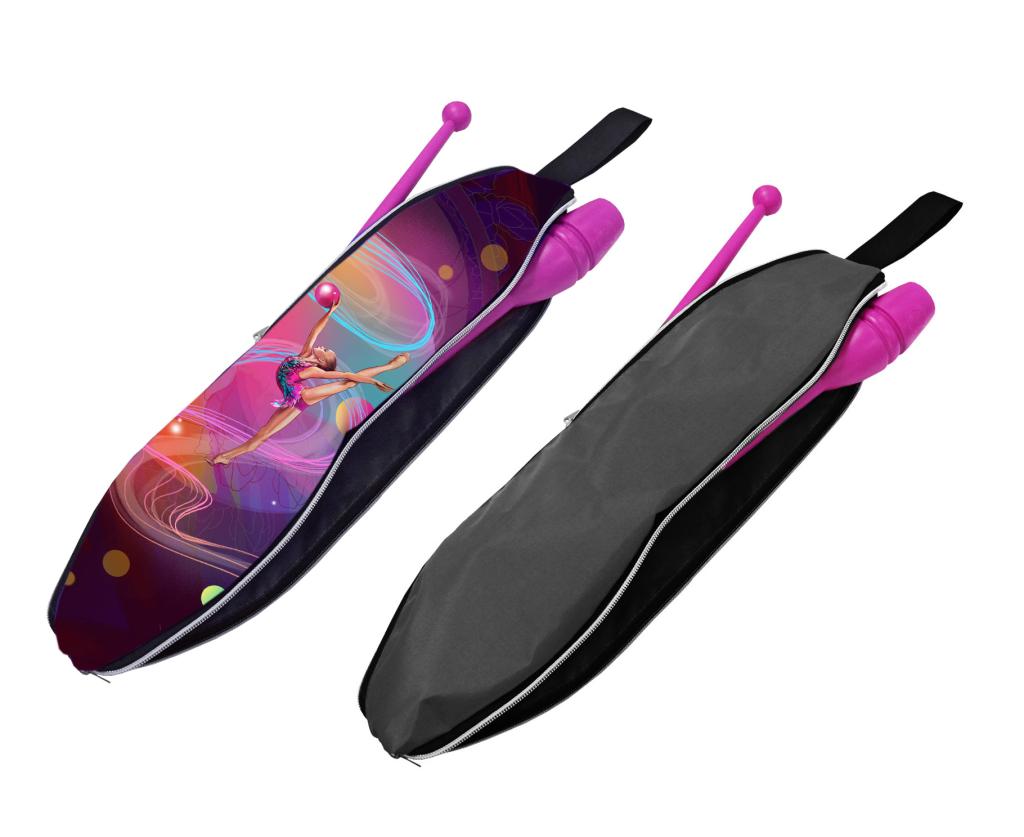
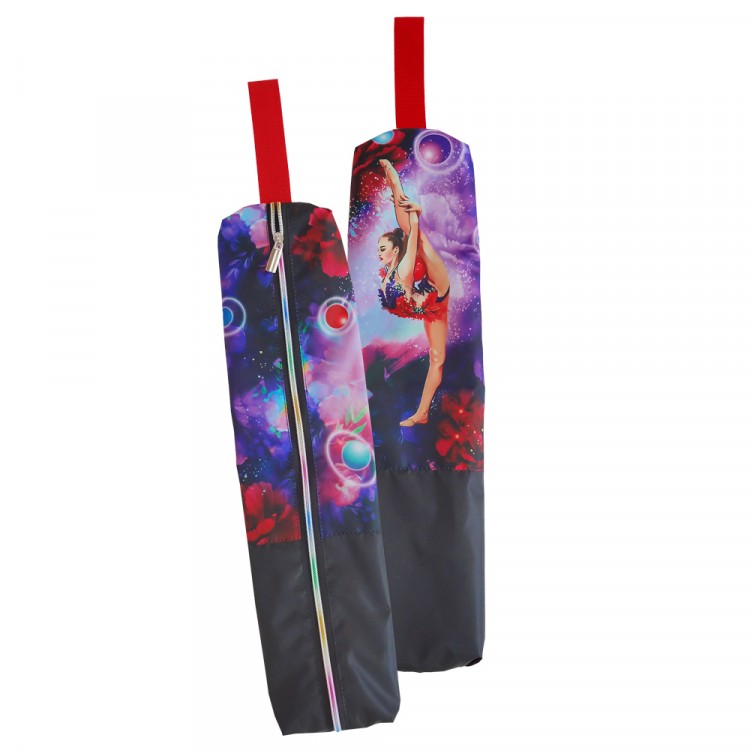
Principle of inserting clubs into one another
The clubs are held in place due to the tight fit of the ball to the walls of the head and give the gymnast the opportunity to perform complex throws and combinations. Over time, the ball stops fitting tightly and the clubs no longer hold as tightly. In this case, the ball is wrapped with a fabric adhesive plaster and rewound as it wears out.Also, the use of special adhesive tape on the balls allows the clubs not to slip out of the palm when rotating.
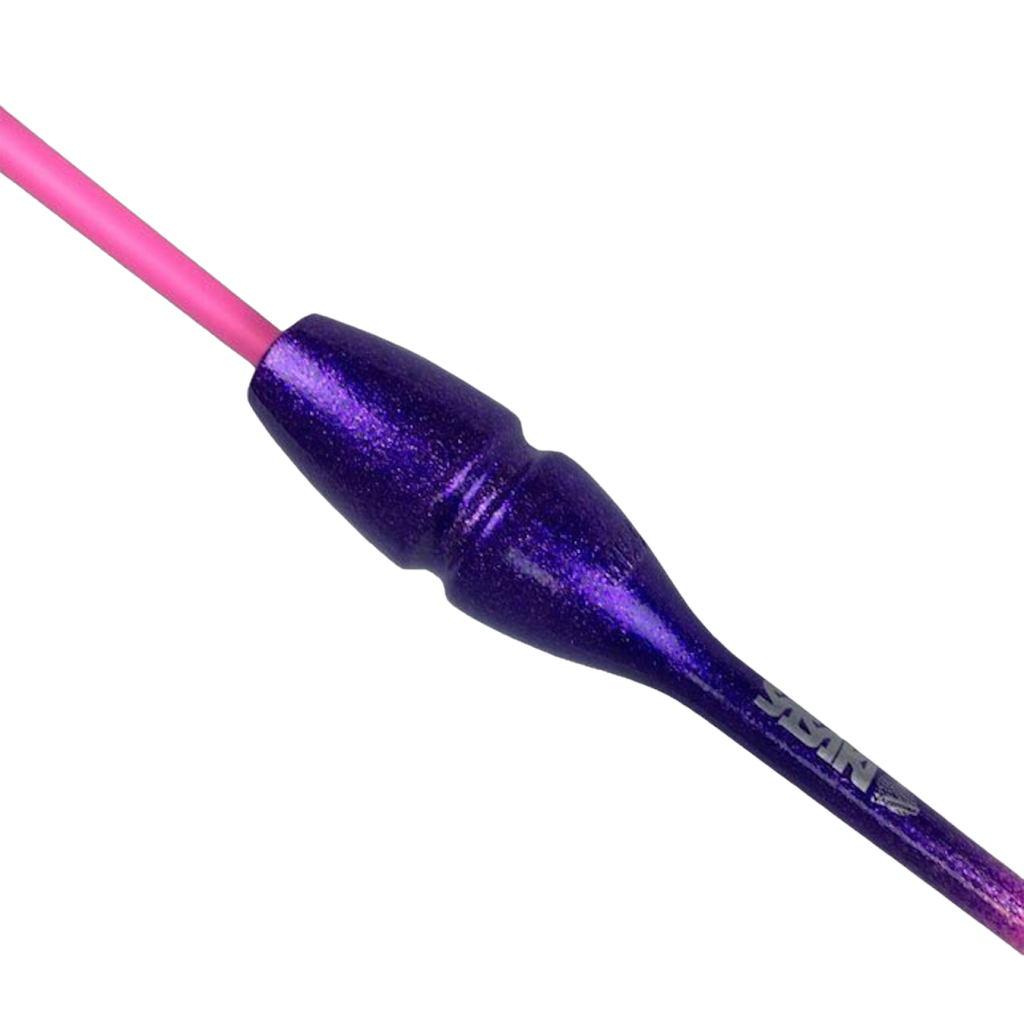
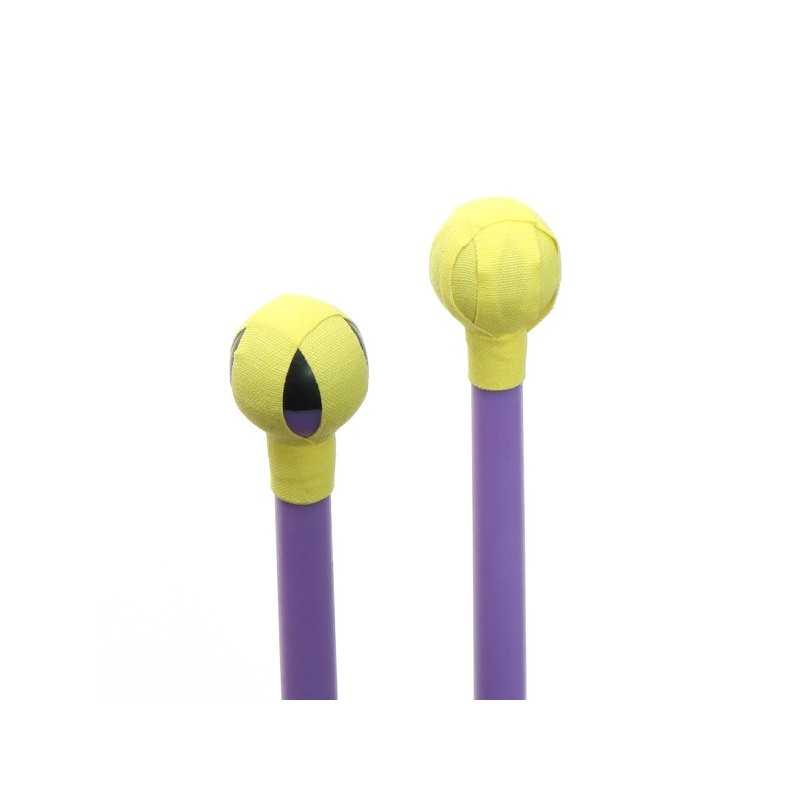
It is extremely important to insert and remove clubs correctly, avoiding sudden or rough movements. In order to separate the clubs, you need to place them horizontally on the same axis, and then carefully separate them.
If the clubs are removed at an angle to each other, cracks may appear and the coating may deteriorate.






















































